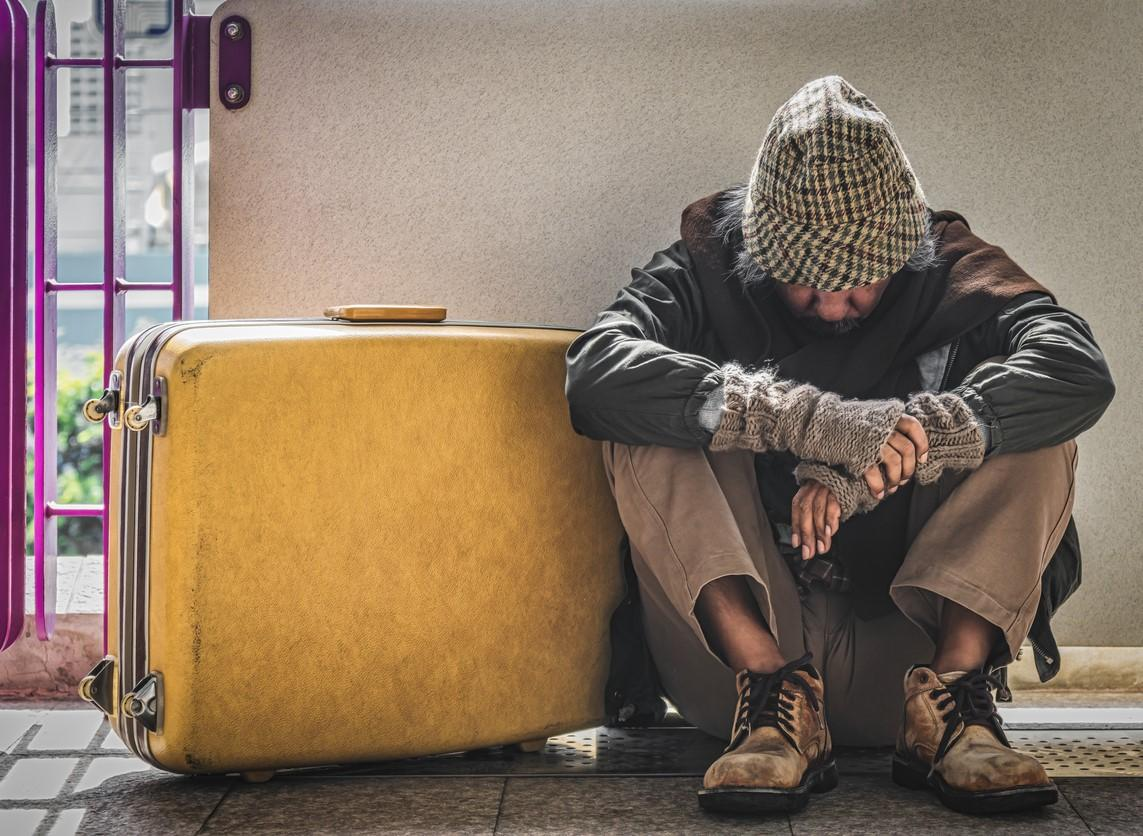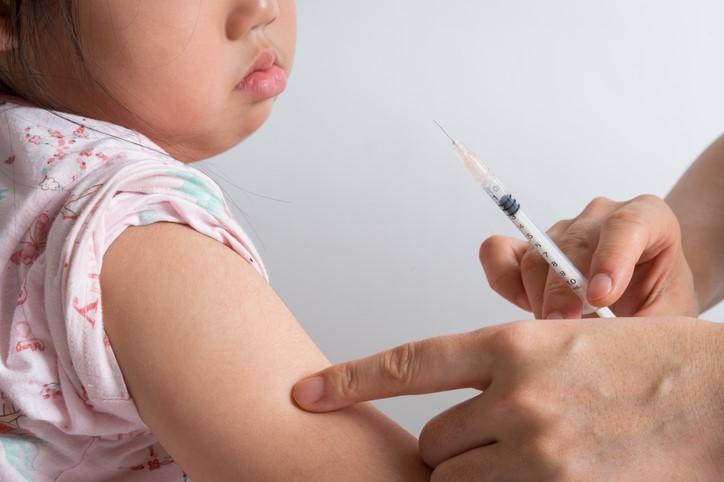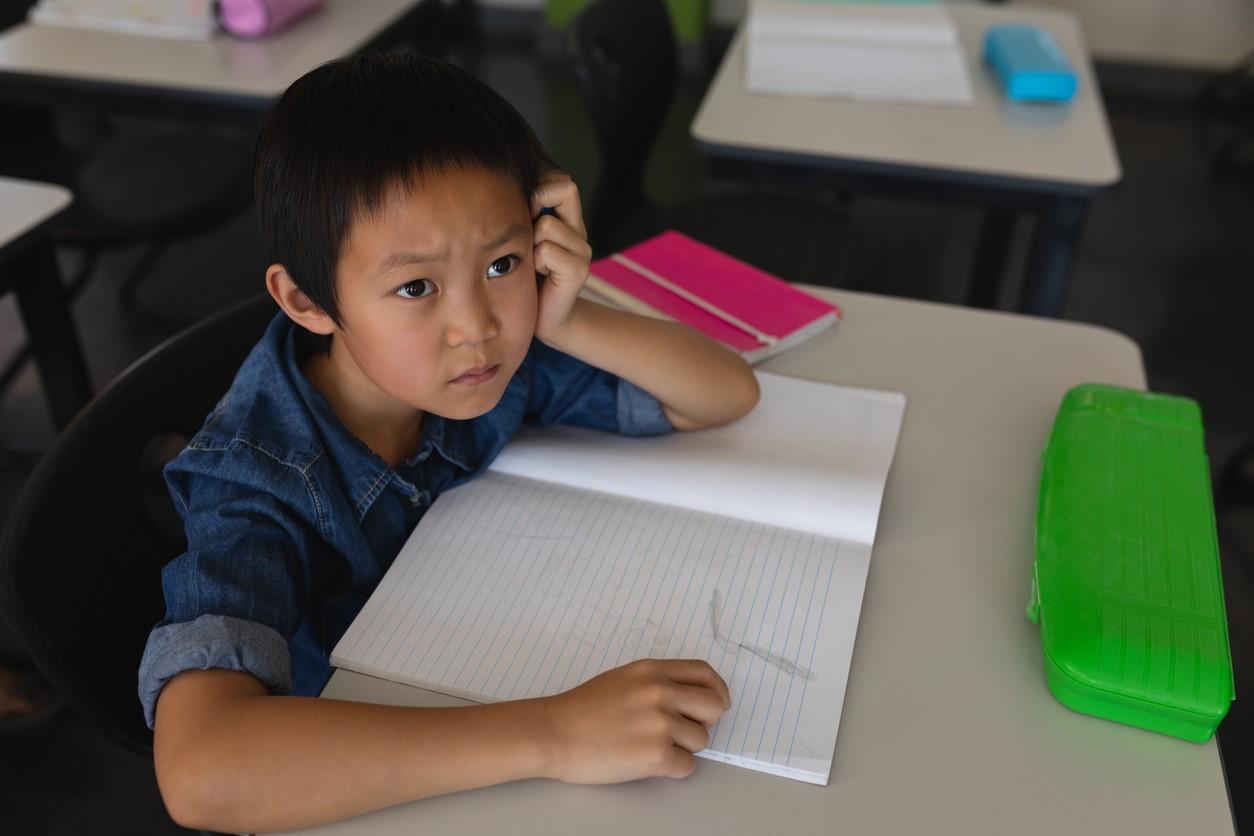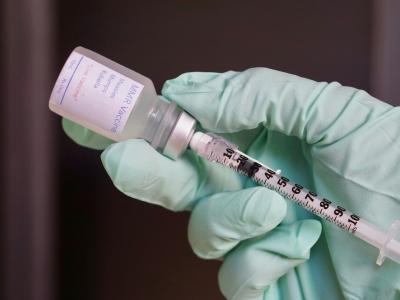
People experiencing homelessness (PEH) in Canada had similar COVID-19 death and hospitalization rates as their counterparts living in permanent housing, the Network of Canadian Emergency Researchers reported yesterday in CMAJ.
The team analyzed data from the Canadian COVID-19 Emergency Department Rapid Response Network registry on 52,883 COVID-19 patients seeking care at 50 emergency departments in eight provinces starting in March 2020 to compare rates of in-hospital death, hospitalization, critical care admission, and mechanical ventilation among PEH (901 patients) versus matched housed patients (51,982).
Rates of COVID-19 vaccination were 20.9% among PEH and 22.9% among their housed peers.
"Congregate living conditions frequently encountered by PEH were associated with increased transmission of SARS-CoV-2 and incidence of COVID-19," the investigators wrote. "However, it remained unclear whether PEH were more susceptible to severe illness than housed patients. Previous research on the topic has been contradictory and limited by sampling bias and unaddressed confounders."
Lower rates of critical care admission
The two groups had comparable rates of death (3% each; odds ratio [OR], 0.87) and hospital admission (44% in PEH vs 45% in housed patients), but PEH had lower rates of critical care admission (OR, 0.66).
A signal for reduced critical care admission among PEH may reflect differential treatment unrelated to clinical characteristics that we matched for.
"A signal for reduced critical care admission among PEH may reflect differential treatment unrelated to clinical characteristics that we matched for," the study authors wrote. "Homelessness is associated with not only differing clinical characteristics, but also different sociodemographic factors such as race and income, which we have not adjusted for, as despite these factors’ association with health outcomes, clinicians would not typically take them into consideration when deciding treatment course."
They called for future research on resource allocation during pandemics to gauge potential inequities among vulnerable populations and how best to remedy them.











